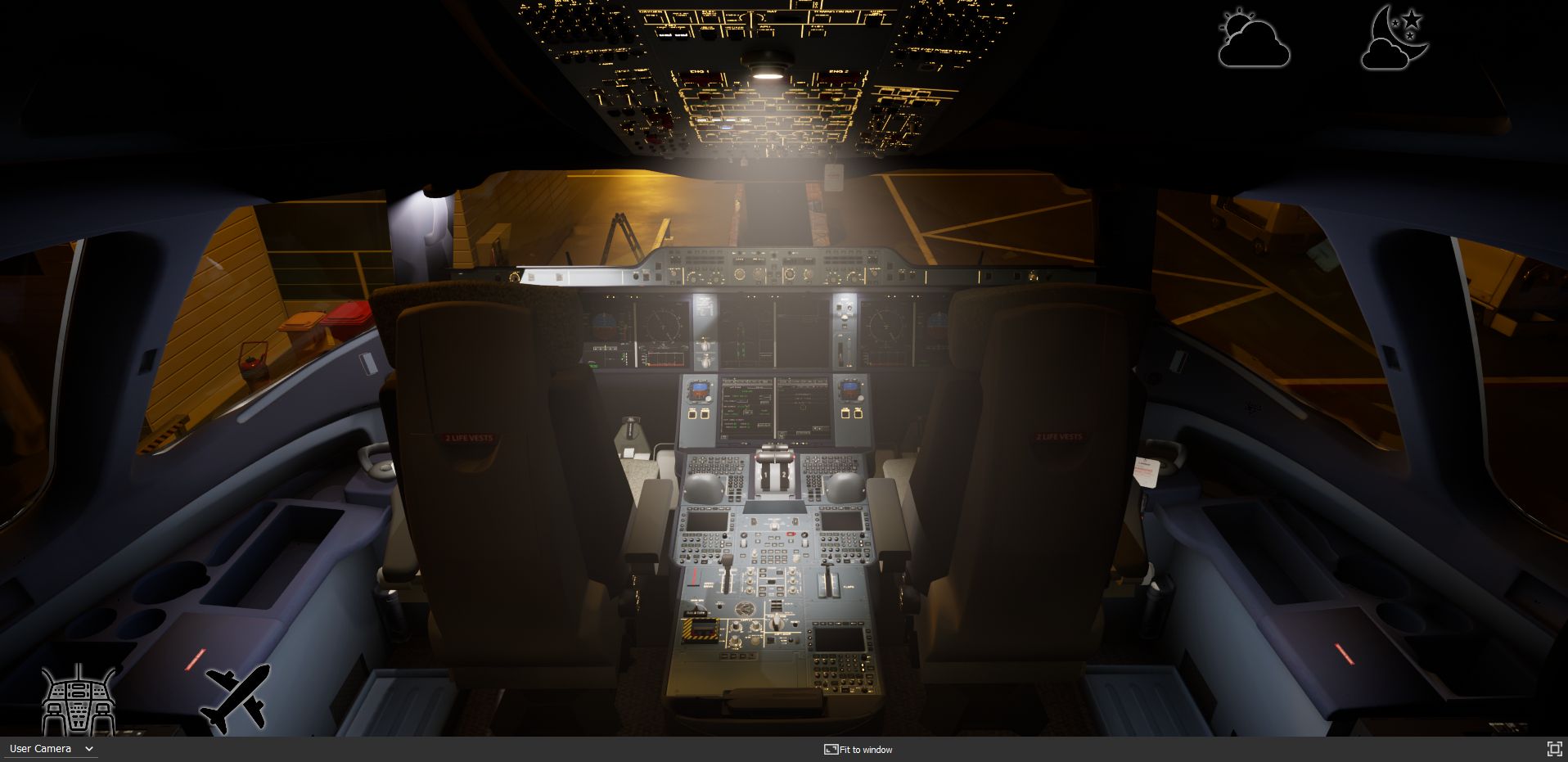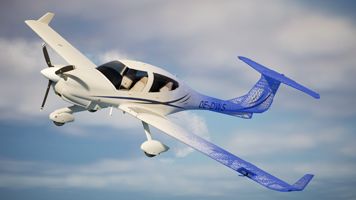In the first part of our exploration, we delved into the common misconception that the 3D engine is the most critical component in developing a training simulator. Inscape VTS Product Manager Eric Menou highlighted the importance of specialized tools that go beyond just visual realism to address the comprehensive needs of training systems. We discussed the challenge for subject-matter experts to create scalable, standardized content without extensive programming knowledge, thus bridging the gap between theory and practice.
In this second part, we will explore the powerful capabilities of 3D engines like Unity and Unreal Engine in creating immersive virtual environments. We will examine their strengths in high-quality rendering, physics simulation, and cross-platform compatibility, and discuss how these features contribute to the development of effective virtual trainers and simulators.

Leveraging the power of 3D engines for immersive training experiences
Unrivalled capabilities
High-quality rendering
One of the most significant strengths of a 3D engine like Unreal Engine is their ability to produce highly realistic graphics. With sophisticated lighting, shadow, and texture effects, this engine create visually stunning environments that enhance the immersive experience for users. The advanced graphics rendering capabilities ensure that virtual environments are not only visually appealing but also highly realistic. Notably, Unreal Engine is renowned for its exceptional performance in 3D rendering, delivering high-quality visuals with remarkable efficiency.
3D engines generally integrate robust physics engines that simulate realistic interactions between objects. This feature can be interesting for creating believable and interactive training scenarios. Additionally, the animation systems within these engines bring characters and objects to life, adding another layer of realism to the virtual environment. Whether it's simulating the movement of machinery or the behavior of fluids, the physics and animation capabilities of 3D engines are an invaluable aid for creating dynamic and engaging training experiences.
Another significant advantage of 3D engines is their cross-platform compatibility. These engines enable the deployment of applications on various platforms, including desktops, mobile devices, and virtual reality headsets. This flexibility ensures that training content can be accessed and utilized across different devices, making it easier to reach a broader audience and adapt to various training needs. For instance, Inscape VTS leverages the cross-platform compatibility of 3D engines to offer ready-to-use virtual trainers that can be accessed on a wide range of devices, including desktops, mobile devices, and virtual reality headsets.
Cost-effective state-of-the-art tools
Beyond the core features, 3D engines offer many additional capabilities that enhance their utility in developing virtual trainers and simulators. Not all of them are useful for the development of a simulator, but among the most notable are :
- Environments and lighting setup: 3D engines offer extensive tools for designing environments and lighting, enabling the creation of diverse and dynamic virtual spaces that can mimic real-world conditions.
- WYSIWYG material edition: These engines provide tools for working on materials, allowing developers to create realistic textures and surfaces that enhance the visual fidelity of the virtual environment.
- Visual effects integration: From leaks and smoke to oil spills and glare, 3D engines allow developers to create a wide range of effects that add realism and complexity to training scenarios.
- CAD import: Unreal Engine stands out with its exceptionally powerful and advanced CAD import capabilities. This feature is invaluable, considering the significant cost savings and time efficiency it provides.
Virtual Training beyond 3D engines
While the power of 3D engines like Unity and Unreal Engine is undeniable, it's important to recognize that these tools do not make the creation of trainers or virtual simulators accessible to everyone. Nor do they address all the challenges involved in developing a complete simulator. 3D engines are incredibly valuable for working on all aspects related to graphics and are extremely practical for developing user applications or quickly achieving a proof of concept (POC) with limited content.
Tools for programmers

A Blueprint graph in Unreal Engine
The need for specific features
Large-scale training content production
3D engines also fall short in providing the specialized tools needed for content creation at scale. When it comes to scaling up, creating, and maintaining a realistic volume of content—ranging from dozens to hundreds of parts and thousands of parts — these 3D platforms quickly show their weaknesses. This includes the ability to easily update and maintain training scenarios, integrate domain-specific knowledge, and ensure consistency across a vast array of training modules. The complexity of managing large-scale content and coordinating efforts within large teams can become overwhelming. The reliance on programmers to develop and maintain these systems can also be a bottleneck, as it requires a high level of technical expertise that may not be readily available within all organizations.


